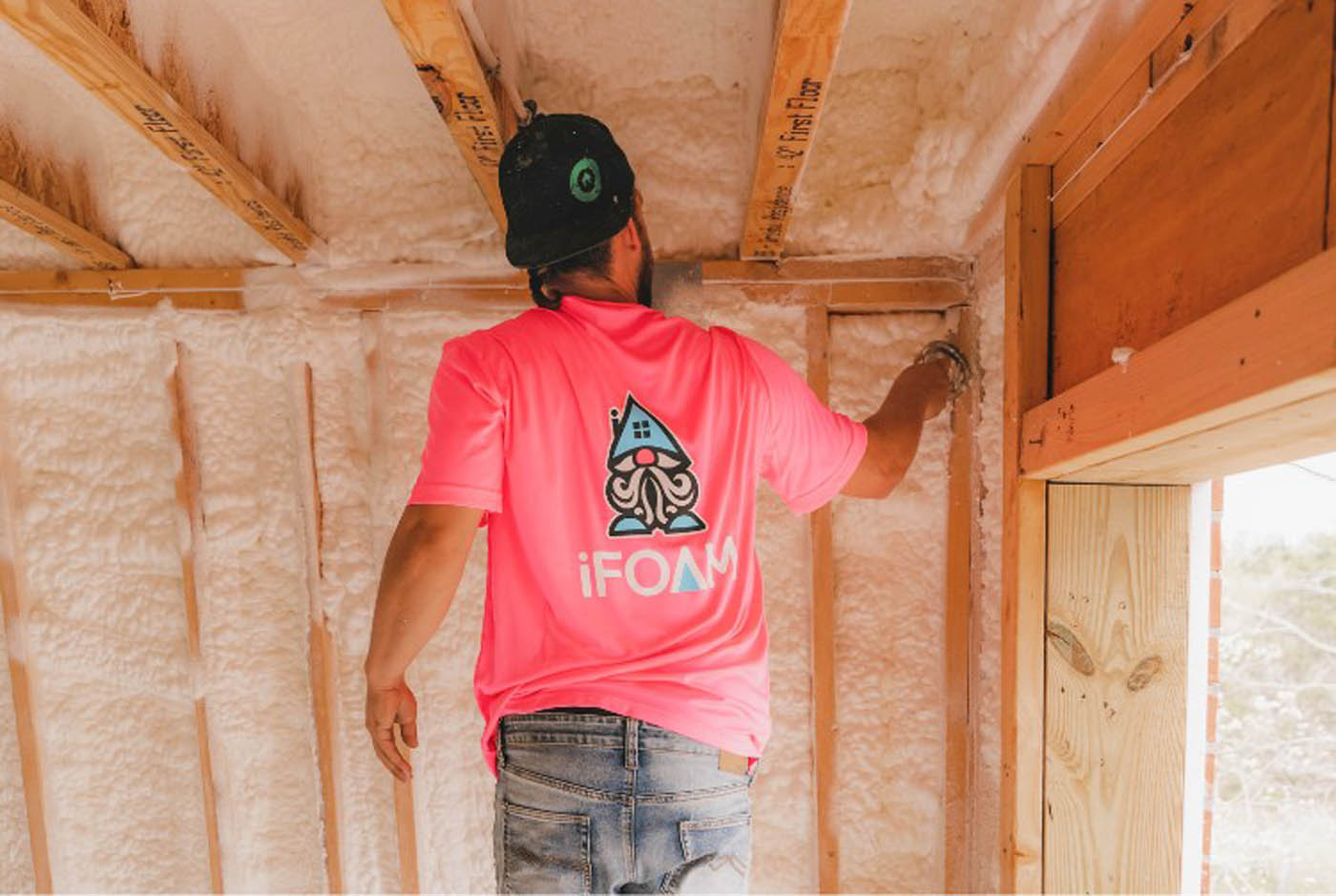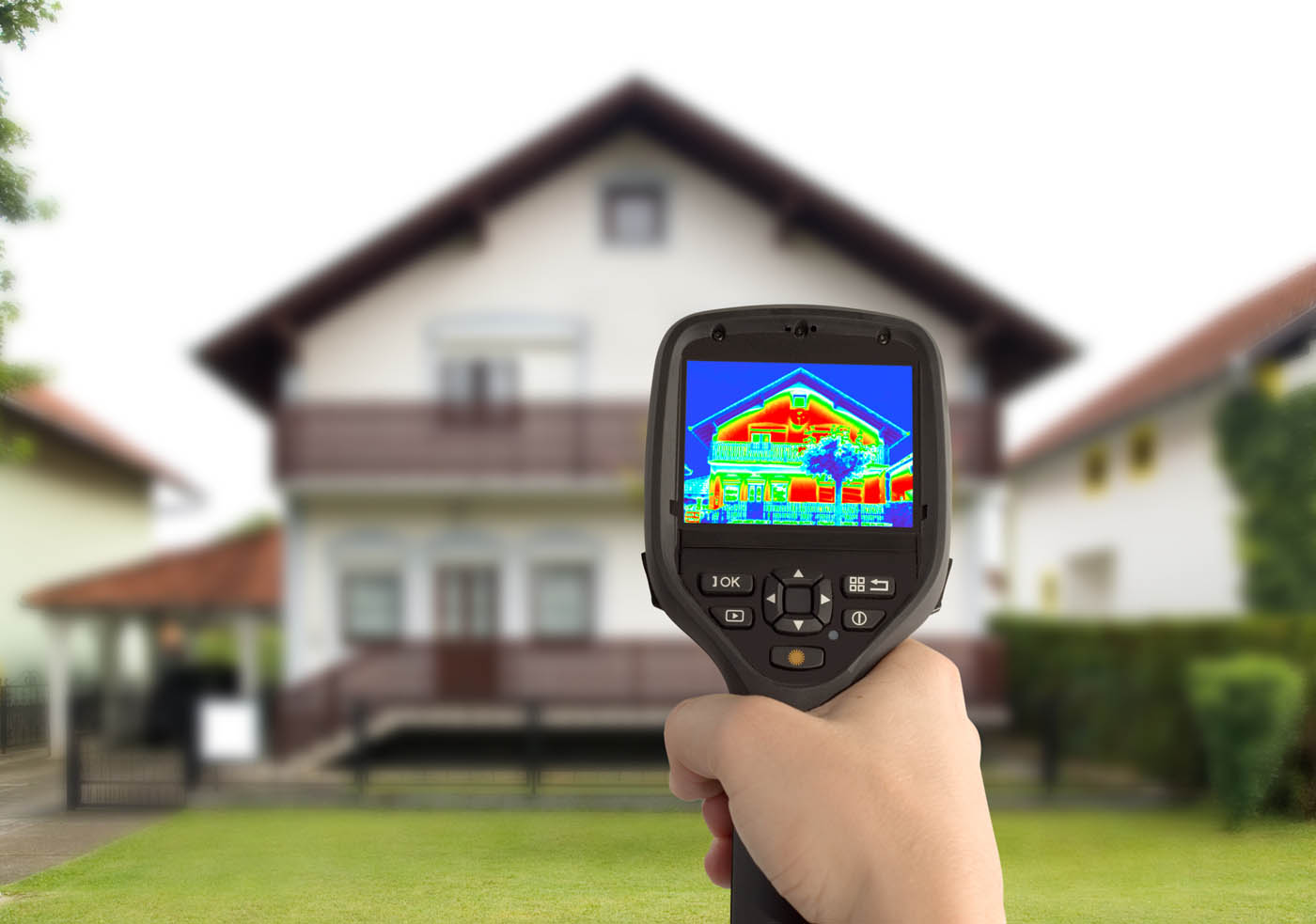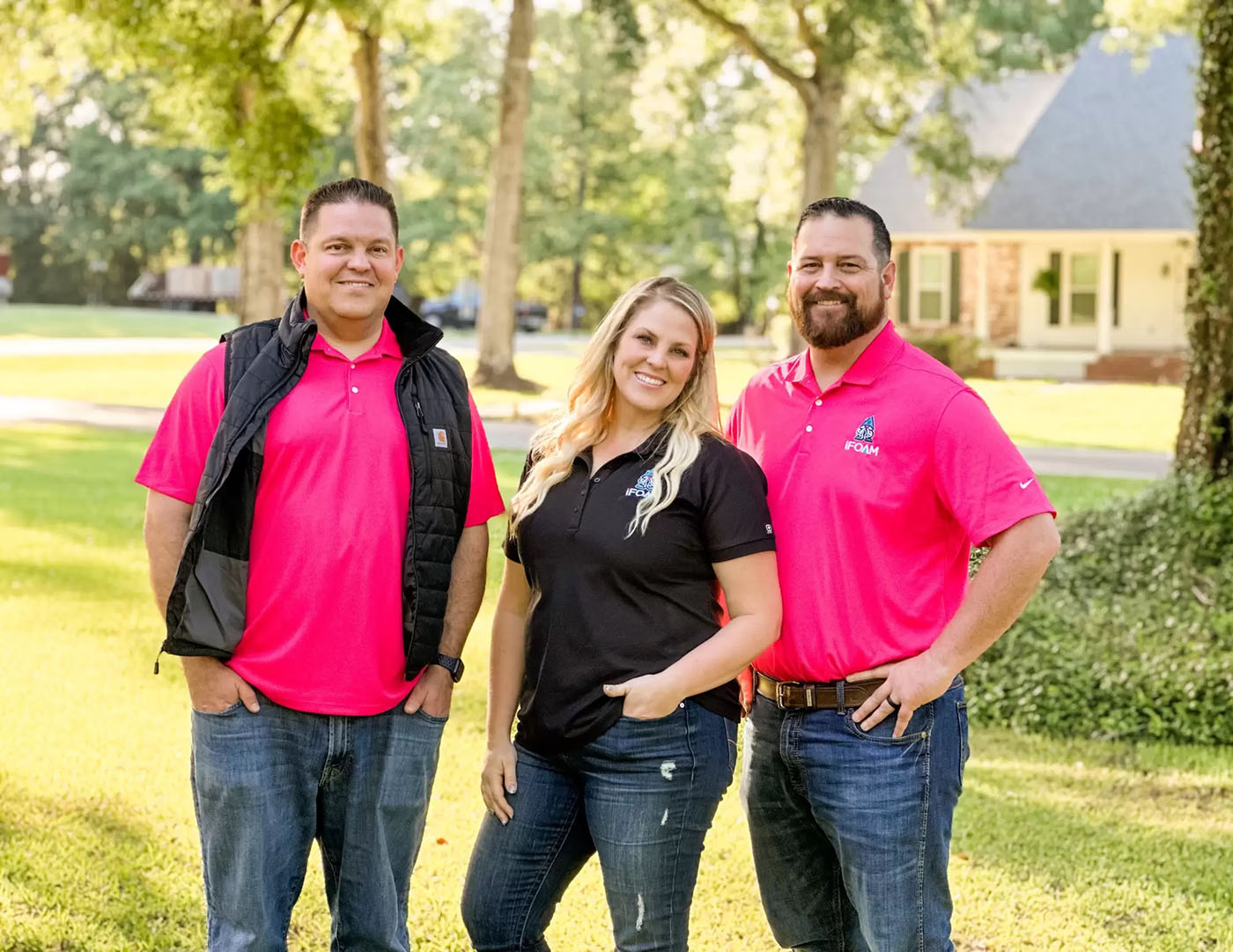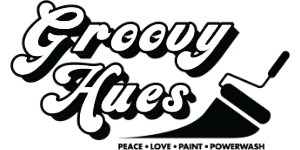General FAQs
That depends on the project. An entire house can be a multi-day process while a 1,000 square foot attic could take as few as a couple hours. Schedule a consultation with us to find out more!
Prices vary from project to project. For an accurate assessment tailor-made to your home's needs, give our team a call today!
Spray foam has been rated to have the highest efficiency and R-value when compared to other insulation products and its intuitive design allows it to create an airtight seal even in tricky and problematic spaces. It has been proven to keep out air pollutants and help with soundproofing buildings.
Our experts can provide an accurate assessment of the state of your home’s insulation and energy efficiency with state-of-the-art technology and years of industry know-how. Give us a call to learn more!
According to the Department of Energy, the best places to insulate in a home are the attic, the exterior walls, the floors above unheated spaces, and the foundation walls. Insulating these areas can help improve the energy efficiency, comfort, and durability of your home. However, the type and amount of insulation you need may vary depending on your climate, house design, and personal preference. You can use the Home Energy Saver tool to get customized recommendations for your home. You can also consult a professional insulation contractor to get an expert opinion and installation service.
The amount of insulation needed for a home depends on several factors, such as the climate zone, the type of insulation, and the location of the insulation in the home. Here are some general guidelines to help you estimate how much insulation you need: Insulation levels are specified by R-value, which is a measure of insulation’s ability to resist heat traveling through it. The higher the R-value, the better the thermal performance of the insulation. The list below shows the recommended R-values for different climate zones and locations in the home, based on the 2021 International Energy Conservation Code (IECC) Residential Provisions.
Climate Zone 1
- Add Insulation to Attic Floor: R30
- Wall Insulation (above the ground): R13
- Basement or Crawlspace Wall Insulation: R5 or R13
Climate Zone 2
- Add Insulation to Attic Floor: R49
- Wall Insulation (above the ground): R13
- Basement or Crawlspace Wall Insulation: R5 or R13
Climate Zone 3
- Add Insulation to Attic Floor: R49
- Wall Insulation (above the ground): R13 or R18
- Basement or Crawlspace Wall Insulation: R5 or R13
Climate Zone 4A and 4B
- Add Insulation to Attic Floor: R60
- Wall Insulation (above the ground): R19 or R24
- Basement or Crawlspace Wall Insulation: R10 or R13
Climate Zone 4C, 5 and 6
- Add Insulation to Attic Floor: R60
- Wall Insulation (above the ground): R19 or R24
- Basement or Crawlspace Wall Insulation: R15 or R19
Climate Zone 7 and 8
- Add Insulation to Attic Floor: R60
- Wall Insulation (above the ground): R19 or R24
- Basement or Crawlspace Wall Insulation: R15 or R19
Service FAQs
R rating in insulation is a measure of how well the insulation can resist heat flow. The higher the R rating, the better the insulation is at keeping your home warm in winter and cool in summer. R rating stands for thermal resistance, which means how much the insulation material can slow down the transfer of heat between the inside and outside of your home. Different types of insulation have different R ratings per inch of thickness, and you can also increase the R rating by adding more layers of insulation. The recommended R rating for your home depends on your climate zone and the part of your home you want to insulate.
This type of home insulation refers to thick clumps of thick material filling the gaps in walls and on attic floors to improve heat exchange in your building.
The best products are made of recycled paper materials, such as newspaper or cardboard. Other materials are made of glass or waste minerals.
Yes, because it fills in gaps better and has a higher R-value. Cellulose insulation carries an R-value of 3.8 per inch, while batts and rolls typically have an R-value of 3.2 per inch. This means that the more inches of insulation you add, the better it insulates versus the same thickness of batts or rolls.
Yes, many types of insulation contain borate, which has fire-resistant properties. The best blow-in insulation brands have a Class A fire rating, which is the best rating you can find for reducing the spread of fire. This rating means a type of insulation withstands fire than other classifications.
Spray Foam Insulation is commonly referred to as SPF (Spray Polyurethane Foam) and is comprised of two liquids: an “A” side and a “B” side. The “A” side of a spray polyurethane system is usually comprised of methylene diphenyl diisocyanate (MDI) and polymeric methylene diphenyl diisocyanate (pMDI). The “B” side is typically a blend of polyols, catalysts, blowing agent, flame retardant, and surfactant, although the chemical compounds vary per manufacturer. The “A” side & “B” side chemicals come in separate drums, and when combined, a chemical reaction forms the polyurethane spray foam.
Yes, spray foam insulation is considered flammable. No matter what a salesperson may try to convince you of, all foam plastic materials must be considered flammable in accordance with the IBC (international building code). However, it’s important to note that different manufacturers of spray foam insulation offer different levels of flammability.
Spray foam insulation is a polyurethane foam, a type of plastic, like the foam used in your couch, car seat and bed. As a plastic, spray foam does not sag, settle, or deteriorate and is expected to outlast the life of the building.
Yes, like most building products, spray foam will burn in the presence of a flame. However, SPF is a thermoset material and will char and flake when burned, it will not melt and drip like a foam coffee cup. Additionally, most commercially available spray foams, intended for use in construction applications, meet Class I fire standards with a flame spread index of less than 25 and a smoke developed index of less than 450.
Inhaling smoke results in a lack of oxygen and all smoke is dangerous, spray foam is no different. Breathing in smoke from burning foam is not recommended.
R-value requirements are typically based on local code regulation. In many climates, common R-values are R-13, R-19 and R-21 for walls and R-30, R-38, and R-49 for attics. An appropriate R-value is necessary to get optimal performance from a building envelope but having an air barrier in direct contact with the insulation, as in the case of spray foam, is even more important than the R-value. Energy analysis can be used to document the projected performance of a residential or commercial project based on various design factors including the insulation, air leakage rates, windows, orientation, and HVAC.
Fiberglass: Fiberglass is made from fine glass fibers and is most often used in batts, rolls and loose-fill insulation. Fiberglass is a good choice for insulating walls, ceilings, attics, and floors. Fiberglass has a high R-value, which means it resists heat flow well. Fiberglass is also fire-resistant and moisture resistant.
Cellulose: Cellulose is made from recycled paper, wood or plant fibers and is usually blown into wall cavities or attics as loose-fill insulation. Cellulose is a good option for insulating existing homes, as it can fill the gaps and cracks in the walls. Cellulose has a moderate to high R-value and is treated with chemicals to make it fire-resistant and pest resistant.
Foam: Foam insulation can be either rigid foam boards or spray foam. Foam boards are made from polystyrene, polyisocyanurate or polyurethane and are used to insulate walls, roofs, foundations, and floors. Spray foam is made from liquid chemicals that expand and harden when sprayed into a space. Spray foam can be used to insulate any area of the home, as it conforms to the shape of the space and creates an airtight seal. Foam insulation has a high R-value and can also reduce air leaks and moisture problems.
Batt Insulation: Batt insulation is a type of insulation that comes in pre-cut, rectangular sheets made from different materials, such as fiberglass, mineral wool, or natural fibers. It is designed to fit between wall studs, floor joists, or ceiling rafters, creating a barrier that prevents the transfer of heat or cold. Batt insulation is one of the most common and affordable types of insulation for residential and commercial buildings. It can have different R-values, which measure the insulation’s thermal resistance, depending on the thickness and material of the batts.
Safety FAQs
Yes, the U.S. government has certified that borate is safe when used as part of home or commercial insulation.
How long spray foam insulation will off-gas depends on the size of the project. Off-gassing begins immediately after application and may continue for 24 hours or more. During the off-gassing period, indoor air quality will plummet and begin to fluctuate before finally recovering after an average of 24 hours.
Many spray foam insulation companies recommend homeowners stay out of the house for at least 24 hours. However, property owners may wish to stay away from their homes for a full 48 hours out of an abundance of caution, especially when installing closed-cell spray foam. Open-cell spray foam usually stops off-gassing within 24 hours.
Temperature and humidity may affect how long it takes for open and closed-cell spray foam to cease off-gassing. If the environment is cold and humid, the spray foam insulation will take longer to off-gas.
You can not stay home while doing foam spray if you live in a typical home. Even when installed correctly, spray foam insulation emits chemicals into the air that require ventilation during the curing time and off-gassing stage. The 24 or 48 hours spent away from the home are worth it, though, due to the savings on energy bills during the entire lifespan of the insulation materials.
Spray foam insulation does release harmful gasses after the installation process. However, this effect is only temporary, and neither open-cell foam nor closed-cell insulation will harm homeowners once the spray foam insulation is allowed to cure properly. Many homeowners can re-enter their houses 24 hours after the insulation is installed.
Spray foam is safe after a minimum of 24 hours. In some cases, the spray foam insulation company may ask the homeowner to stay out of the house for 48 hours just to be sure no one inhales any of the off-gas. After the curing process is complete, homeowners do not need to worry about inhaling any chemicals.
How long fumes last from spray foam insulation will depend on the insulation materials used. For small projects using low volatile organic compounds (VOC), re-occupancy may occur between two and four hours. However, in most cases where high-VOC products are used, the fumes from the spray foam insulation will last for 24 to 48 hours.
Now that you know how long to stay out of the house after the installation of spray foam insulation, you can plan ahead and find accommodations for your family for a night or two during the curing and off-gassing stages. But first, you need to find the best spray foam company. Call iFoam at 225-495-6708 to schedule a free consultation today!
About iFoam
Increase Your Energy Efficiency & Your Comfort.
Decrease Your Energy Bill & Your Worries.
Our Process
At iFoam, we utilize a holistic and thorough approach every step of the way when it comes to your next home install. You are entrusting your home with our team and we take that seriously. That’s why you deserve a process that doesn’t oversell you or cut corners. We get you the services you need at the price you can afford and oversee your project with certified experts to ensure a quality project, every time. That’s the iFoam process.
1.
Schedule a Free Assessment
During your free in-home assessment, we’ll evaluate insulation levels, provide honest recommendations for improvement, and answer all your questions.
2.
Home Energy Audit
We complete a custom audit of your home to discover air leaks, inefficiencies, and more. We review this audit with you to provide a picture of your home's health and energy efficiency.
3.
Proposal & Financing Options
We present you with multiple solutions to improve your home's comfort level and energy efficiency backed by hassle-free financing options from over 400 lenders.
4.
Let Our Team Install
Our flexible scheduling allows you to plan your install at a time that works best for you. We’ll make sure to get the work done efficiently, accurately, and with minimal disruption to your routine.
5.
Clean-up & Testing
With advanced testing technology, we ensure your new installation is working at its best. Before we leave, we’ll make sure to clean up any mess. We take pride in leaving your home as clean as we found it.
6.
Final Inspection
We’ll conduct a final inspection to ensure your satisfaction with the installation process and the results, leaving you feeling comfortable in your newly insulated space.
Revolutionize Your Energy Efficiency
Choosing Your Insulation Type
What is R-Value?
R-value is a measure of thermal resistance. A higher R-value indicates a material’s ability to resist heat traveling through it and is therefore more energy efficient.
Cellulose Insulation
Cellulose insulation has a relatively high R-value, typically ranging from 3.2 to 3.8 per inch. It is made from recycled paper fibers, making it an environmentally friendly choice.
What is R-Value?
R-value is a measure of thermal resistance. A higher R-value indicates a material's ability to resist heat traveling through it and is therefore more energy efficient.
Fiberglass Insulation
Fiberglass insulation has a good R-value which typically ranges from 2.2 to 3.8 per inch. It’s generally more affordable compared to other insulation options.
Spray Foam Insulation
Spray foam insulation has the highest R-value. Closed cell spray foam typically has an R-value of 6.0-7.0 per inch. One of the significant advantages of spray foam insulation is its ability to create an effective air barrier. It expands and fills gaps, cracks, and voids, creating an airtight seal.











